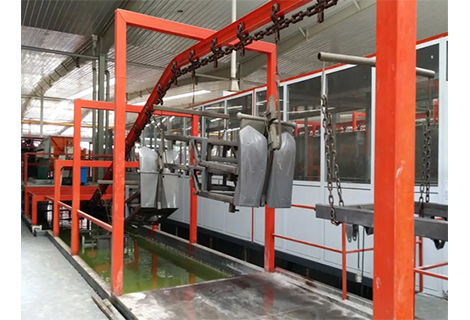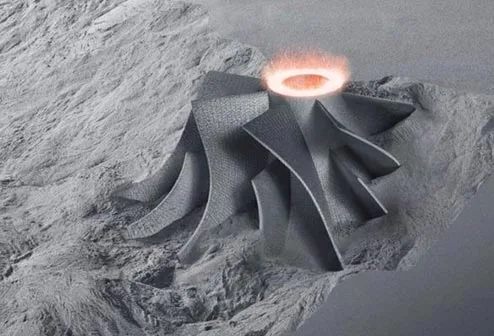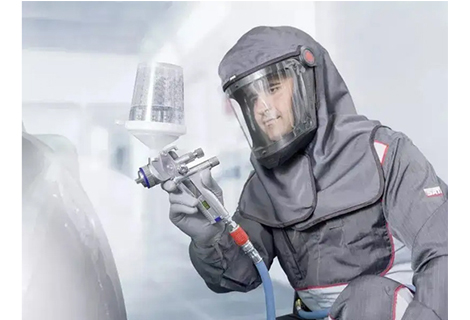Electrophoresis plating is a fascinating technique that plays a crucial role in several industries. It is a process that involves the deposition of a metallic coating onto a conductive surface through the use of an electric current. This method has gained popularity due to its ability to enhance the durability and aesthetics of various products. In this blog post, we will delve into the world of electrophoresis plating and explore its incredible potential.
Electrophoresis plating is a process that involves the deposition of thin metallic coatings, such as chrome or nickel, onto a conductive surface. The process is driven by an electric current, which allows the metal ions to migrate towards the surface and create a uniform and high-quality coating. This technique can be applied to various materials, such as metals, plastics, and ceramics, making it versatile and applicable to a wide range of industries.
The benefits of electrophoresis plating are numerous, making it a highly sought-after coating technique in several industries. Firstly, it provides superior corrosion resistance, protecting the underlying material from environmental factors that may cause degradation. This makes electrophoresis plated products ideal for outdoor applications, such as automotive parts or architectural components.
Moreover, electrophoresis plating offers excellent adhesion, ensuring that the coating remains firmly attached to the substrate. This feature makes it suitable for products that undergo heavy use or require frequent cleaning, such as kitchen appliances or bathroom fixtures. The improved durability of electrophoresis plated items can significantly extend their lifespan and enhance their overall performance.
Additionally, electrophoresis plating allows for precise control over the thickness of the coating. This enables manufacturers to tailor the coating to meet specific requirements, whether it be for aesthetic purposes or functional enhancements. The ability to customize the coating thickness makes electrophoresis plating suitable for applications where both the appearance and functionality of the product are important, such as consumer electronics or jewelry.
At its core, electrophoresis plating relies on the principles of electrochemistry. When an electric current is applied to a conductive solution containing metal ions, the metal ions become positively charged and migrate towards the negatively charged surface. As they reach the surface, the metal ions undergo reduction, ultimately forming a solid metal layer. The process is carefully controlled to ensure uniform coating thickness and adherence.
Electrophoresis plating involves multiple steps, including surface preparation, electrodeposition, and post-treatment. Surface preparation involves cleaning the substrate to remove any contaminants that may interfere with the adhesion of the coating. During electrodeposition, the substrate is immersed in the plating solution and connected to the cathode, while the anode is made of the metal that will be deposited. Finally, post-treatment may involve polishing, rinsing, or applying additional protective layers to optimize the coating's quality and appearance.
As technology evolves, so does the field of electrophoresis plating. Researchers are constantly exploring new materials, processes, and techniques to enhance its performance and expand its applications. For instance, the development of environmentally-friendly electrolytes and alternative energy sources for the plating process are being actively researched. Furthermore, advancements in nanotechnology are opening up possibilities for creating ultra-thin coatings with exceptional properties.
In conclusion, electrophoresis plating is a versatile and fascinating technique that has revolutionized various industries. Its ability to provide corrosion resistance, superior adhesion, and customizable coating thickness makes it an invaluable tool for manufacturers aiming to improve the durability and aesthetics of their products. With ongoing advancements, electrophoresis plating is poised to continue its magical journey, offering new possibilities and innovations in the future.
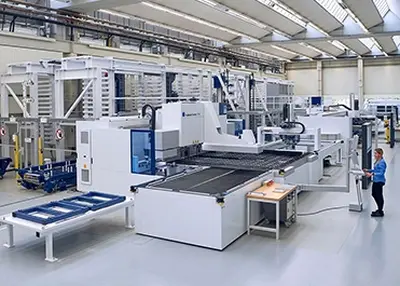 From Start-up to Llarge ManufacturerOctober 10, 2023As a manufacturing startup, your success story starts with proving that your product is marketable. When you prepare for large-scale production, it determines the success or failure of the company, because it is in this situation that you have to invest a lot of money and determine the future direction.view
From Start-up to Llarge ManufacturerOctober 10, 2023As a manufacturing startup, your success story starts with proving that your product is marketable. When you prepare for large-scale production, it determines the success or failure of the company, because it is in this situation that you have to invest a lot of money and determine the future direction.view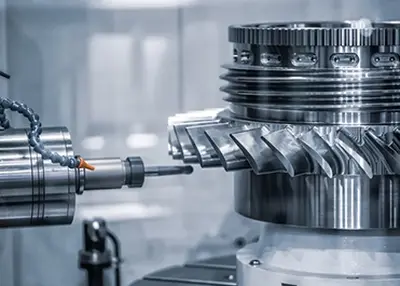 Cast Aluminum vs Machined Aluminum: Unveiling the Crafting MarvelsNovember 13, 2023In the realm of metal fabrication, the choice between cast aluminum and machined aluminum holds the key to unlocking a world of possibilities. As a CNC machining service provider, we, at Richconn, understand the importance of making informed decisions in the manufacturing process. Let's embark on a journey to explore the nuances of these two techniques, dissecting their processes, comparing their performance, and uncovering their diverse applications.view
Cast Aluminum vs Machined Aluminum: Unveiling the Crafting MarvelsNovember 13, 2023In the realm of metal fabrication, the choice between cast aluminum and machined aluminum holds the key to unlocking a world of possibilities. As a CNC machining service provider, we, at Richconn, understand the importance of making informed decisions in the manufacturing process. Let's embark on a journey to explore the nuances of these two techniques, dissecting their processes, comparing their performance, and uncovering their diverse applications.view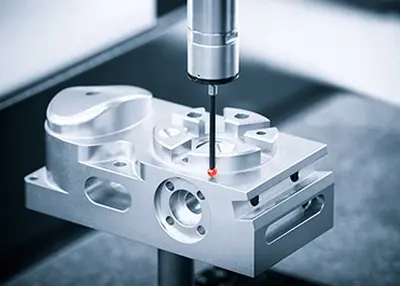 Basic Parts of CNC Lathe and Their MaintenanceOctober 20, 2023CNC lathes and steering centers are highly accurate and efficient automatic machine tools. The machine is equipped with a multi-station turret or power turret for a wide range of machining capabilities. It can handle linear cylinders, tilting cylinders, arcs and a variety of complex workpieces such as threads, grooves, worms, etc.view
Basic Parts of CNC Lathe and Their MaintenanceOctober 20, 2023CNC lathes and steering centers are highly accurate and efficient automatic machine tools. The machine is equipped with a multi-station turret or power turret for a wide range of machining capabilities. It can handle linear cylinders, tilting cylinders, arcs and a variety of complex workpieces such as threads, grooves, worms, etc.view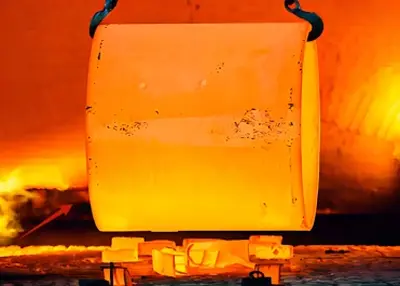 Heat Treatment of Metals: Process, Benefits, and Vital TipsMarch 15, 2024Heat treatment alters the properties of metals for different applications. The guide discusses the process, benefits, and vital tips of heat-treating metals.view
Heat Treatment of Metals: Process, Benefits, and Vital TipsMarch 15, 2024Heat treatment alters the properties of metals for different applications. The guide discusses the process, benefits, and vital tips of heat-treating metals.view What Is a Shaft?October 30, 2023A shaft is basically a rotating part of any machine, having a circular cross-section, which is used to transmit power from one part to another or from a power generating machine to a power absorbing machine. To transmit power, one end of the shaft is connected to the power source and the other end is connected to the machine. Shafts can be solid or hollow as per requirement, hollow shafts help in reducing weight and provide advantages.view
What Is a Shaft?October 30, 2023A shaft is basically a rotating part of any machine, having a circular cross-section, which is used to transmit power from one part to another or from a power generating machine to a power absorbing machine. To transmit power, one end of the shaft is connected to the power source and the other end is connected to the machine. Shafts can be solid or hollow as per requirement, hollow shafts help in reducing weight and provide advantages.view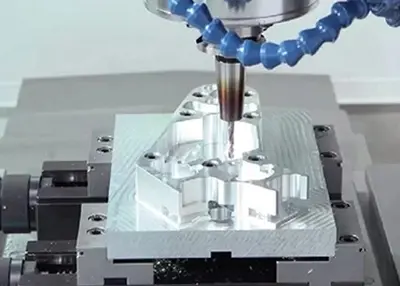 Five Axis CNC Machining Features and AdvantagesNovember 4, 2022Five-axis machining machines to quickly and efficiently manufacture complex milled parts in small batches from a variety of materials. Using five-axis precision machining is often a more efficient way...view
Five Axis CNC Machining Features and AdvantagesNovember 4, 2022Five-axis machining machines to quickly and efficiently manufacture complex milled parts in small batches from a variety of materials. Using five-axis precision machining is often a more efficient way...view
 EN
EN
 ru
ru 
